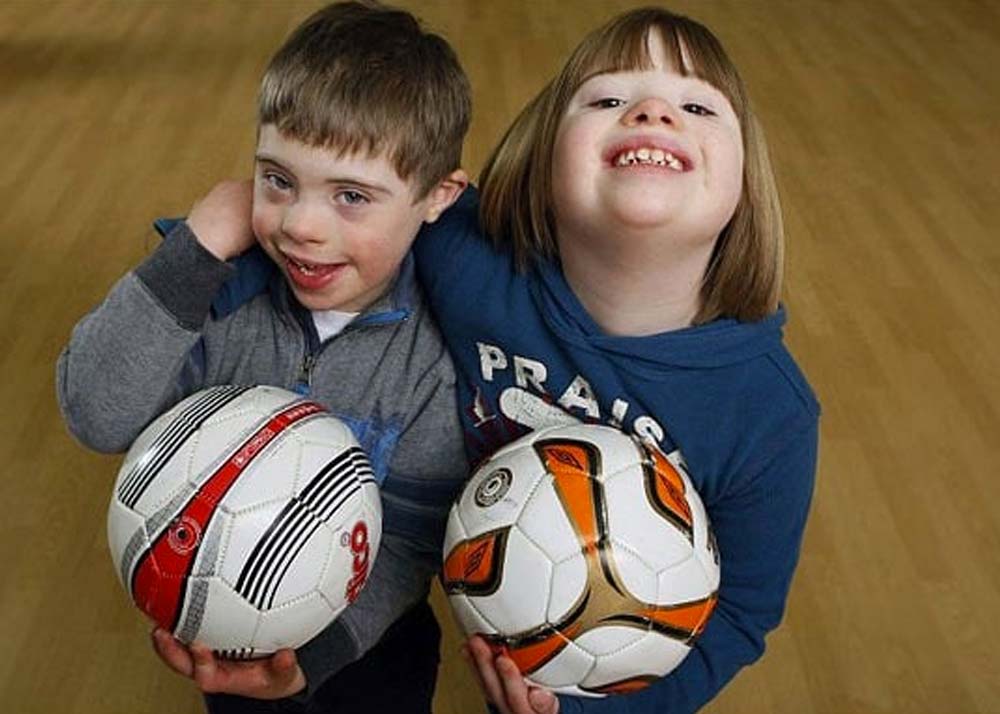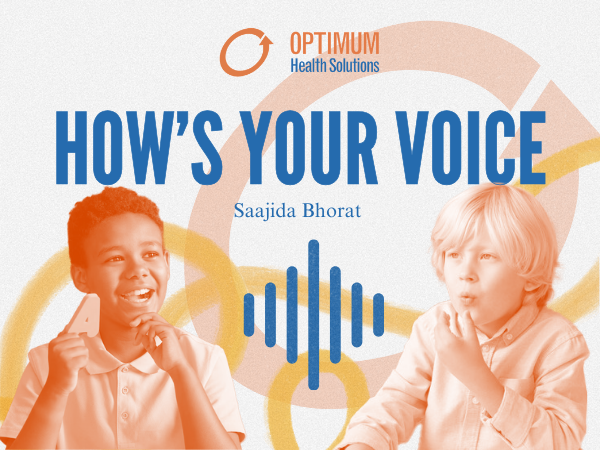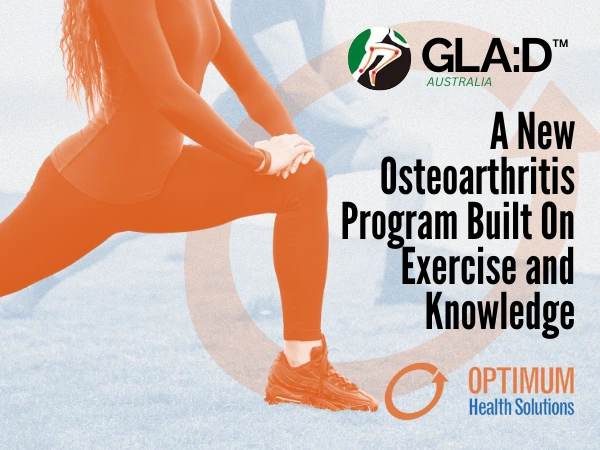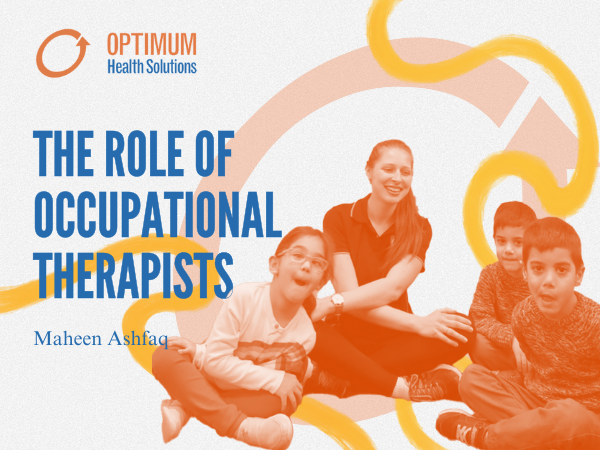Thanks to the NDIS we are seeing a major growth in the awareness and engagement of exercise and healthy lifestyle in people with disabilities. However, studies have shown that physical activity, step totals per day and minutes of vigorous physical activity were all lower, and sedentary time per day was higher in people with Down syndrome (DS) (Phillips et al, 2011). Individuals with DS are significantly more likely to experience co-morbidities and cardio-metabolic conditions than their unaffected counterparts including but not limited to:
- Heart Defects
- Hypothyroidism
- Hypotonia (low muscle tone)
- Low bone mineral density
- Spinal issues
- Sleep disorders
- Mental health conditions
- Hypercholesterolemia
- Obesity
All of the conditions above have one thing in common, and that is that they can be improved, or at the very least, managed with physical activity. In Phillip’s et al’s (2011) study, not a single participant reached the minimum recommended levels of activity (guidelines attached at the end of the article*).
So why are physical activity levels lower in the Down Syndrome population?
Individuals with DS have a lower exercise capacity, oxygen capacity, and max heart rate, in part due to abnormal catecholamine response and a sympathovagal imbalance potentially causing exercise to be more challenging or uncomfortable (Kerstein et al, 2015). However, exercise can actually improve these responses to activity. Furthermore, Whitt-Glover et al (2006) demonstrated that sibling groups of at least one child with DS and one sibling without any disabilities demonstrated no significant differences in physical activity levels between children with DS and their unaffected siblings. Therefore, it is more often than not a result of social barriers. Studies repeatedly have shown that exercise elicits great benefits for those with the condition, such as:
- Reduced weight
- Increased maximal aerobic power
- Increased respiratory response
- Increased quality of life and mental health
- Increased participation in social activities
- Improved fine and gross motor skills
- Improved balance and gait
- Increased cardiovascular fitness
- Increased strength and neural recruitment
- Increased time to fatigue
- Muscular hypertrophy
- Increase bone strength
- Reduce ‘bad’ and increased ‘good’ cholesterols
Physical Activity Guidelines
AEROBIC TRAINING:
Frequency: 3-7 days/week to maximize caloric expenditure because body weight is usually higher than desired.
Intensity: 40%-80% of VO2R or HRR
Time: 30-60 min/day or shorter bouts that equal this time, which would be more desirable
Type: Walking is preferred but may progress to running. Swimming and stationary cycling are also recommended.
STRENGTH TRAINING:
Frequency: 2-3 days/week
Intensity: Start at 12 reps at 15-20 RM for 1 or 2 weeks, then progress to 8-12 RM at 75%-80% 1RM
Time: 2-3 sets with 1-2 min rest
Type: Use machines for safety purposes. Target major muscle groups.
Did you know the Optimum is a registered NDIS provider and the funding in an NDIS plan can go towards seeing an Exercise Physiologist as well as a number of other allied health practitioners? For more information call us on 02 8599 6275








